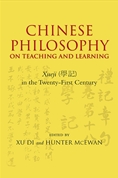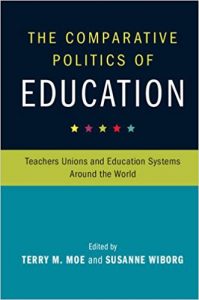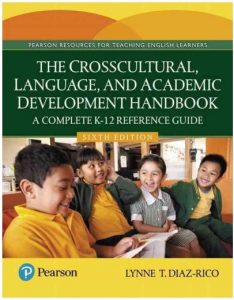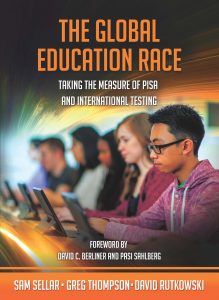For April, the OISE Library Lobby Display will be featuring books and resources on STEM (science, technology, engineering and math) education. These titles highlight the importance of teaching STEM in all levels of education–ranging from primary to post-secondary schools. In this display, you can find teaching guides, activity books, and scholarly materials on topics surrounding STEM education.
Effective instruction for STEM disciplines: From learning theory to college teaching, by Edward J. Mastascusa, William J. Snyder, and Brian S. Hoyt
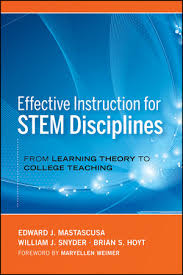
Effective instruction for STEM disciplines: From learning theory to college teaching is aimed at educators in the science, technology, engineering, and maths fields. The book provides insights for scholars and educators on the importance of engaging students in the STEM learning process. The sophistication of today’s technology and digital universe has transformed the way students learn about STEM by providing unprecedented access to information and knowledge. However, the author of the book points out that despite this tremendous shift in how people learn, teaching methods in STEM remains stagnant and outdated. The goal of the book is to challenge traditional methods of teaching STEM by introducing new ideas and approaches from current research. The book argues that one of the most effective ways for students to learn and retain knowledge is through active engagement both within and outside the classroom.
Engineering in K-12 education: Understanding the status and improving the prospects, ed. By Linda Latehi, Greg Pearson, and Michael Feder
 Engineering in K-12 Education: Understanding the status and improving the prospects looks at how topics related to engineering are currently being taught in the K-12 curriculum, and discusses its benefits and impact on young students. Although engineering is not commonly taught in K-12 classrooms, it has gained momentum in recent years. The book discusses how early awareness of engineering sciences may lead students to gain greater interest in STEM fields overall. Furthermore, the introduction of engineering education to children can also increase technological literacy. Contributors of the book carefully examine how engineering is currently taught in the K-12 curriculum and utilizes ideas from the cognitive sciences to understand how youths may learn engineering concepts differently than adults. The goal of the book is to provide an argument for increased implementation of engineering topics in K-12 education.
Engineering in K-12 Education: Understanding the status and improving the prospects looks at how topics related to engineering are currently being taught in the K-12 curriculum, and discusses its benefits and impact on young students. Although engineering is not commonly taught in K-12 classrooms, it has gained momentum in recent years. The book discusses how early awareness of engineering sciences may lead students to gain greater interest in STEM fields overall. Furthermore, the introduction of engineering education to children can also increase technological literacy. Contributors of the book carefully examine how engineering is currently taught in the K-12 curriculum and utilizes ideas from the cognitive sciences to understand how youths may learn engineering concepts differently than adults. The goal of the book is to provide an argument for increased implementation of engineering topics in K-12 education.
Tinkerlab: A hands-on guide for little inventors, by Rachelle Doorley
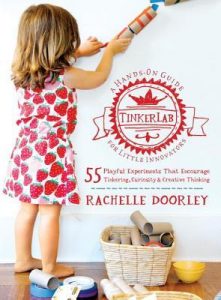 From an early age, children learn about the world around them through play, exploration, and experimentation. Tinkerlab: A hands-on guide for little inventors provides parents, teachers, and educators with a variety of activities for young children up to the age of 6. The book consists of 55 unique and playful experiments and activities that are geared towards cultivating children’s “tinkering, curiosity, and creative thinking”. The book is divided into seven chapters, with individual chapter addressing a specific method of experimentation. The first three chapters provide parents and teachers with methods and tools on how to foster a creative and thought-provoking learning environment for young children. The remainder of the topics include designing, building, concocting, and discovering. Using various types of common household tools and materials, the goal of each activity is to provoke children’s natural curiosity and help them interact with the wonders around them.
From an early age, children learn about the world around them through play, exploration, and experimentation. Tinkerlab: A hands-on guide for little inventors provides parents, teachers, and educators with a variety of activities for young children up to the age of 6. The book consists of 55 unique and playful experiments and activities that are geared towards cultivating children’s “tinkering, curiosity, and creative thinking”. The book is divided into seven chapters, with individual chapter addressing a specific method of experimentation. The first three chapters provide parents and teachers with methods and tools on how to foster a creative and thought-provoking learning environment for young children. The remainder of the topics include designing, building, concocting, and discovering. Using various types of common household tools and materials, the goal of each activity is to provoke children’s natural curiosity and help them interact with the wonders around them.
What’s your angle, Pythagoras? By Julie Ellis, illustrated by Phyllis Hornung
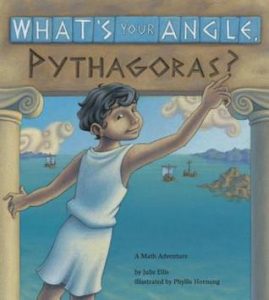 What’s your angle Pythagoras? Is a Math adventure children’s book that depicts the life of a young Pythagoras, a renowned Greek mathematician and scholar. The story begins with a young and curious Pythagoras who is always looking to understand the world around him. After seeing his friends struggle to build a ladder long enough to lean against the wall and columns too crooked to hold up a roof, Pythagoras believed that there must be a solution out there. Young Pythagoras sailed to the city of Alexandria where he met an Egyptian architect who shared his secrets to building the magnificent light house that stood by the ports. In Egypt, Pythagoras learned to use square tiles to construct and measure right-angle triangles. This work later became known as the Pythagorean Theorem, which continues to be a foundational mathematical principle today.
What’s your angle Pythagoras? Is a Math adventure children’s book that depicts the life of a young Pythagoras, a renowned Greek mathematician and scholar. The story begins with a young and curious Pythagoras who is always looking to understand the world around him. After seeing his friends struggle to build a ladder long enough to lean against the wall and columns too crooked to hold up a roof, Pythagoras believed that there must be a solution out there. Young Pythagoras sailed to the city of Alexandria where he met an Egyptian architect who shared his secrets to building the magnificent light house that stood by the ports. In Egypt, Pythagoras learned to use square tiles to construct and measure right-angle triangles. This work later became known as the Pythagorean Theorem, which continues to be a foundational mathematical principle today.
Teaching STEM in the early years: Activities for integrating science, technology, engineering, and mathematics, by Sally Moomaw
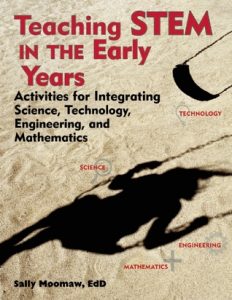 Teaching STEM in the early years: Activities for integrating science, technology, engineering, and mathematics is teacher’s guide that provides instructors with a variety of tools and tips on integrating activities into their STEM curriculum. These activities help stimulate students interests in STEM fields through active engagement in carefully planned educational exercises. These exercises incorporate materials from two or more STEM disciplines, which allows students to draw their knowledge from a variety of science, technology, engineering, and math fields and come up with creative solutions. The activities presented in the guide are geared towards familiarizing primary school students with STEM knowledge using hands-on exercises that require critical thinking and problem solving.
Teaching STEM in the early years: Activities for integrating science, technology, engineering, and mathematics is teacher’s guide that provides instructors with a variety of tools and tips on integrating activities into their STEM curriculum. These activities help stimulate students interests in STEM fields through active engagement in carefully planned educational exercises. These exercises incorporate materials from two or more STEM disciplines, which allows students to draw their knowledge from a variety of science, technology, engineering, and math fields and come up with creative solutions. The activities presented in the guide are geared towards familiarizing primary school students with STEM knowledge using hands-on exercises that require critical thinking and problem solving.

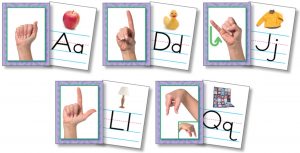
 The
The 




 Materials such as
Materials such as  Materials that highlight contemporary displays of Indigenous culture are also included. Robin Wall Kimmerer’s
Materials that highlight contemporary displays of Indigenous culture are also included. Robin Wall Kimmerer’s  This display also highlights Juvenile Fiction titles written by contemporary Indigenous authors.
This display also highlights Juvenile Fiction titles written by contemporary Indigenous authors. 
